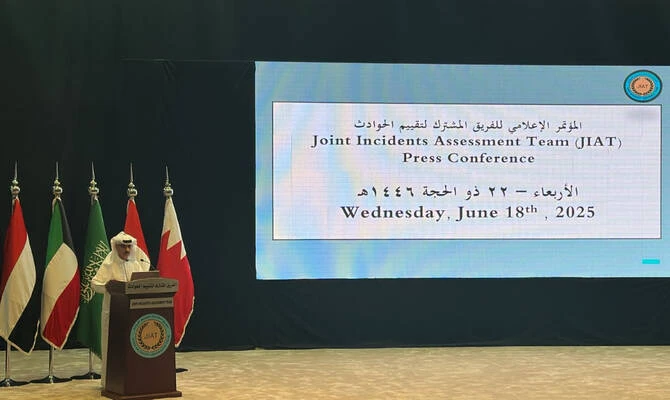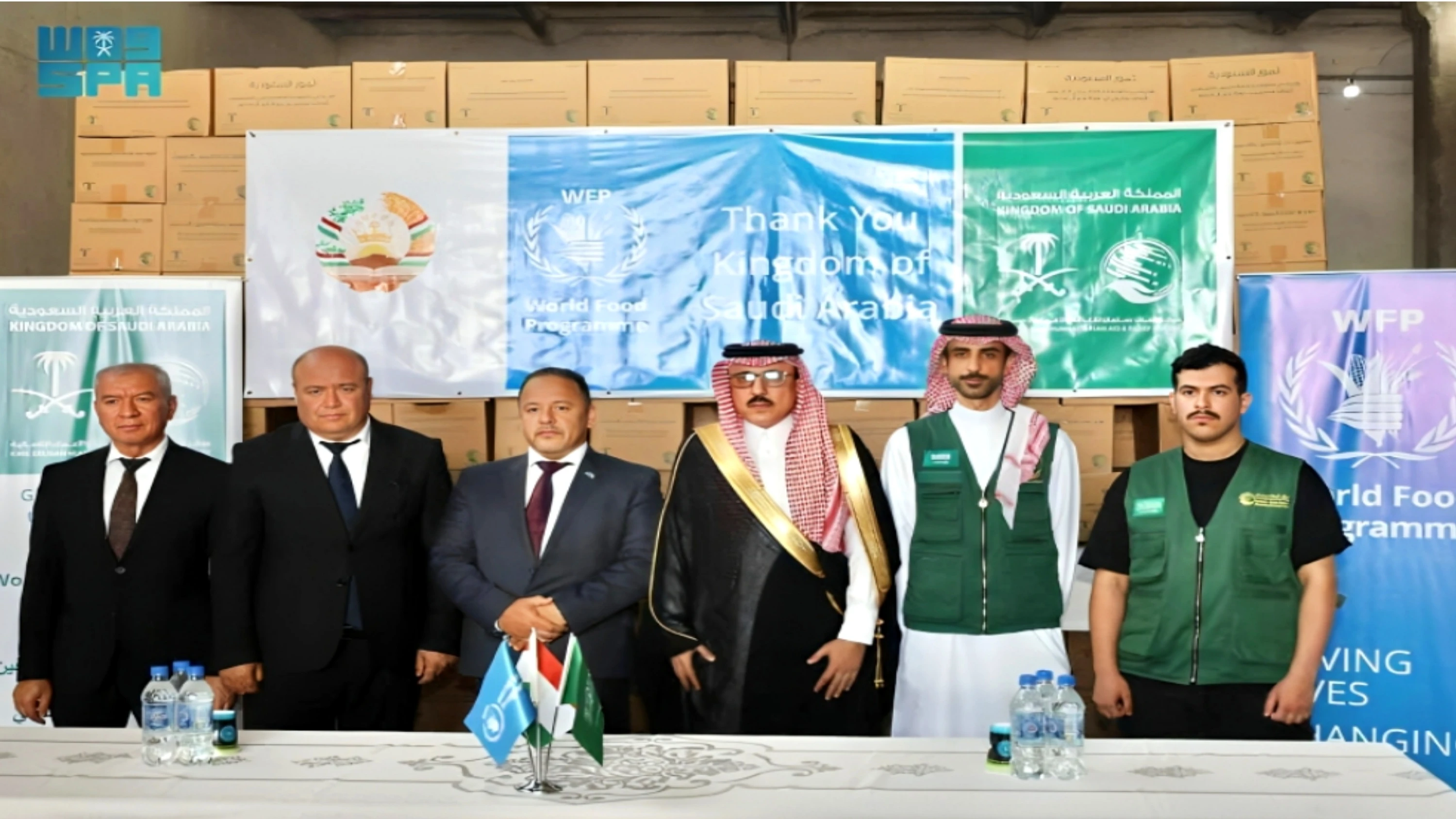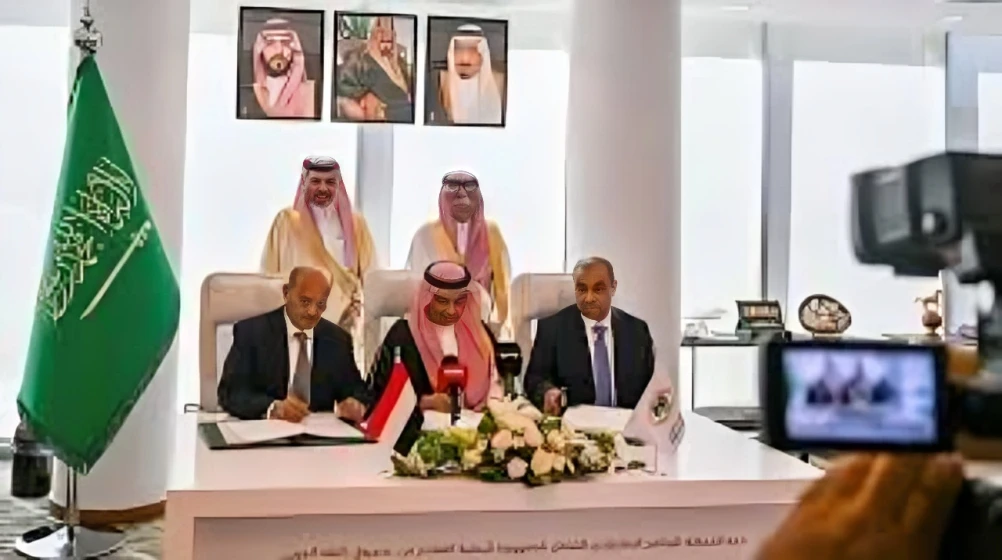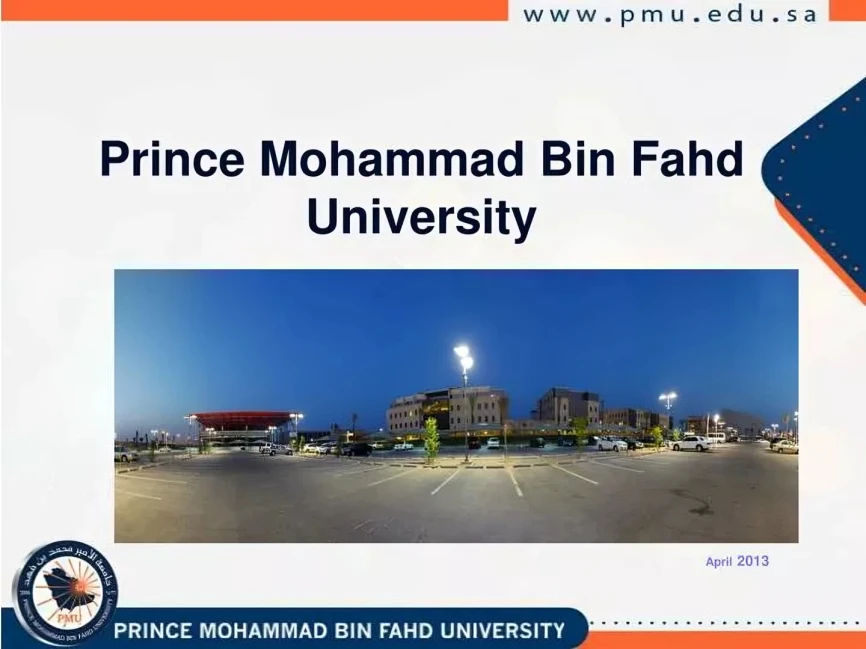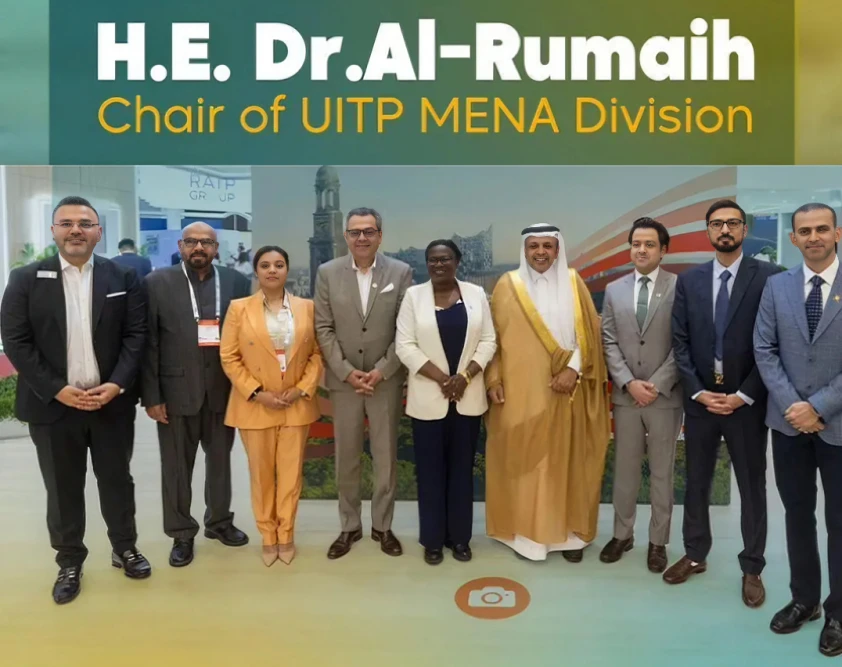Jeddah: Art Jameel launched the “Gulf Art Movements” exhibition at Hayy Jameel in Jeddah, offering a comprehensive look at the evolution of modern creative expressions in the Arabian Gulf from the 1930s through the early 2000s.
The exhibition, titled “Redrawing the Boundaries: Art Movements and Collectives of the 20th Century Khaleej,” features works by more than 50 artists drawn from 20 state and private collections, including loans from prominent institutions such as Mathaf: Arab Museum of Modern Art, Barjeel Art Foundation, the Sultanate of Oman’s Ministry of Culture, Sports and Youth Collection, and the Sharjah Art Foundation.
It explores the emergence and development of key art movements across Bahrain, Kuwait, Oman, Qatar, Saudi Arabia, and the UAE, highlighting how artists responded to dramatic social and urban transformations.
While engaging with themes like changing landscapes, public and private spheres, and the rise of formal art institutions.
The exhibition is organized into four thematic sections “The Landscape and Public Sphere,” “Identity and Private Space,” “Abstraction and Ephemerality,” and “The Conceptual New Wave” each revealing distinct facets of Gulf modernism.
Notable works include paintings by Bahraini artist Abdulkarim Al-Orrayed, capturing Manama’s urban development, and Abdulhalim Radwi’s vibrant portrayal of Jeddah’s historic district, Al-Balad, which together create a dialogue between two city centers reflecting shared regional experiences.
Emotional and historical narratives are conveyed through pieces like Kuwaiti artist Thuraya Al-Baqsami’s Gulf War-era works “Note to the Invasion” and “The Parting,” which humanize collective trauma through themes of separation and resilience.
The abstraction and ephemerality section features spiritually resonant paintings such as Radwi’s depiction of the Hajj and Abdulrahman Al-Soliman’s “Worshippers Leaving the Mosque,” fostering a symbolic dialogue between artists rooted in Jeddah and Riyadh.
The upper floor spotlights conceptual and new media works, including a poignant film by Omani artist Anwar Sonya that reflects on memory, myth, and mortality through the story of a prominent Kuwaiti art institution leader.
Curator Aisha Stoby emphasized that the artists featured were not only pioneers within their practices but also instrumental in establishing institutions, mentoring others, and building movements that shaped the Gulf’s artistic landscape beyond their artworks.
Deputy Director of Art Jameel, Nora Razian, described the exhibition as a compelling rethinking of modernism that significantly contributes to understanding a distinct Gulf aesthetic formed during a period of state formation, nation-building, and social transformation.
The exhibition runs until October 15, inviting audiences to explore the rich and varied history of Gulf art movements and collectives that have played foundational roles in shaping creative communities across the region.




